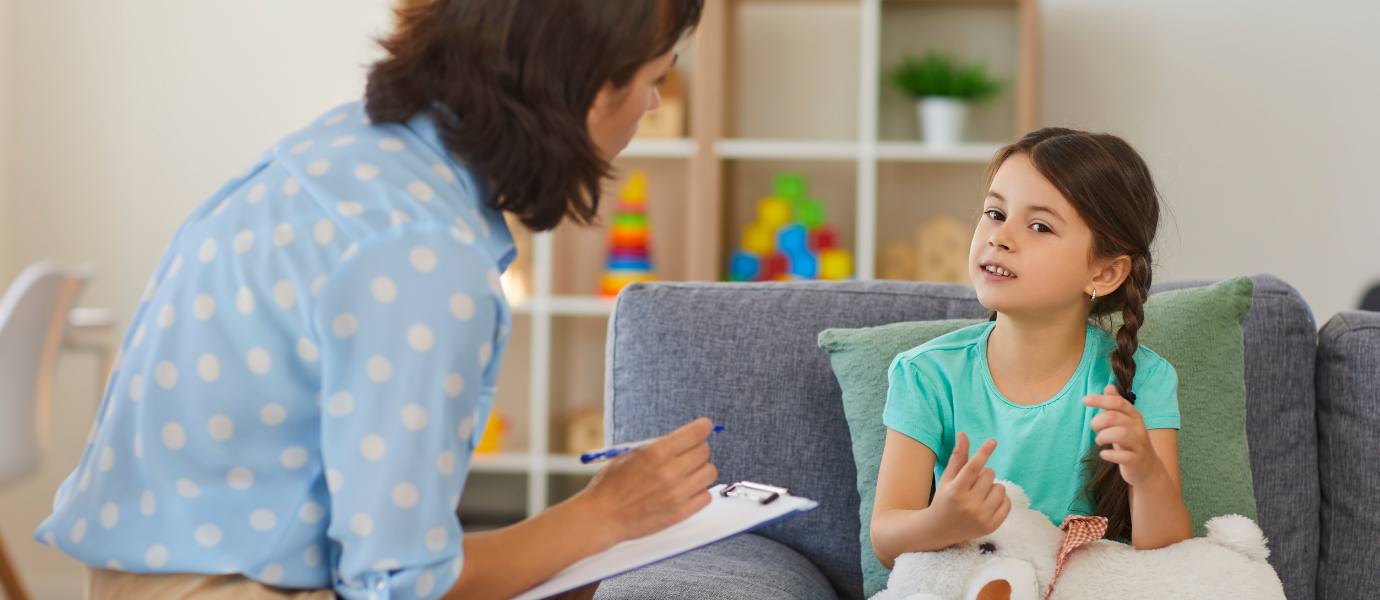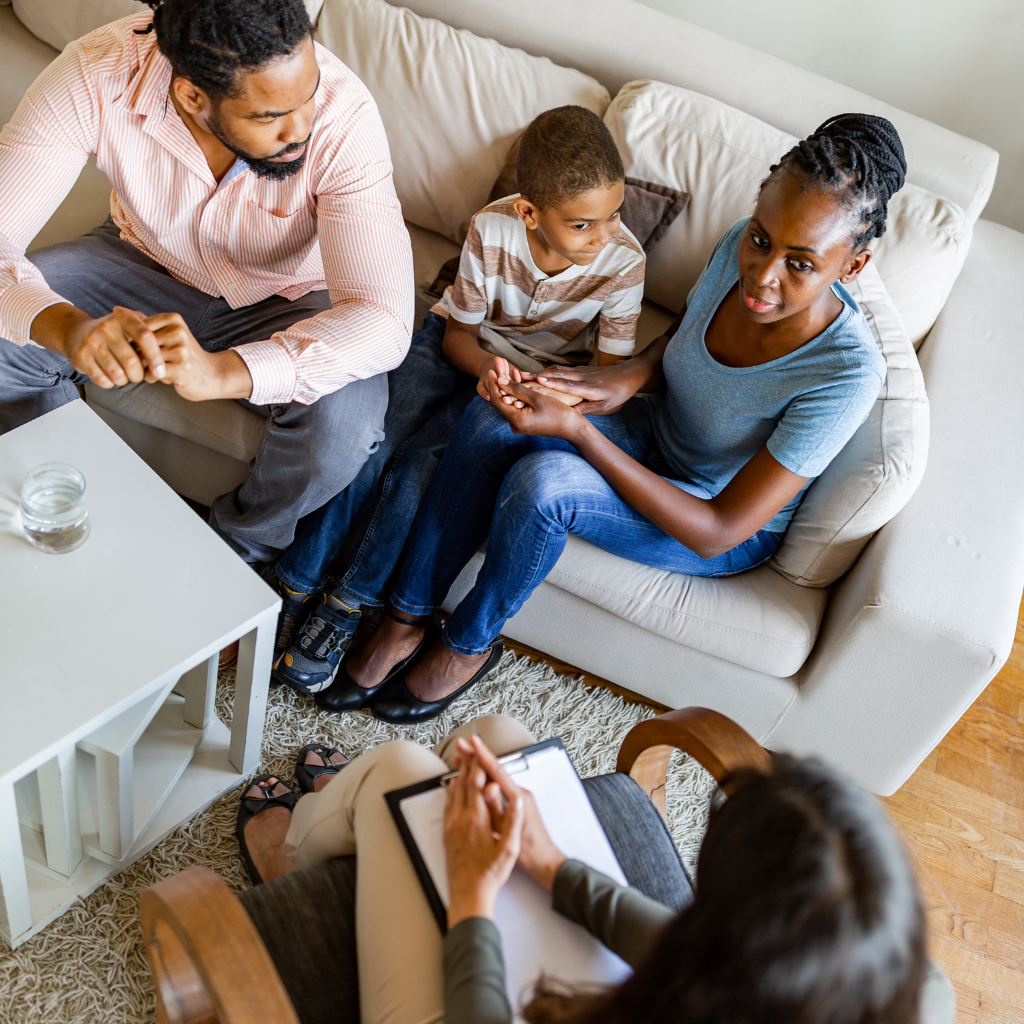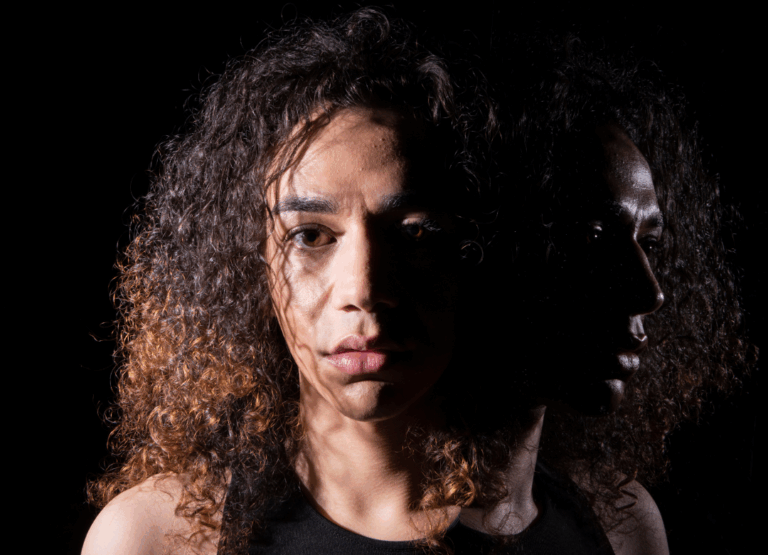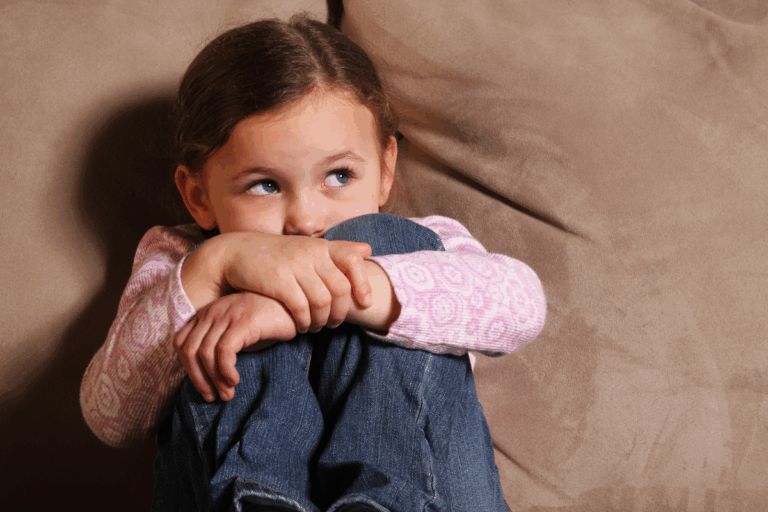CBT for Children: How Cognitive Behavioral Therapy Works

Stefanie Solomon

Cognitive Behavioral Therapy (CBT) is a well-established, evidence-based treatment that helps children understand and manage their thoughts, emotions, and behaviors. By focusing on the connections between these elements, CBT empowers young individuals to develop healthier coping strategies and improve their overall well-being.
What Is CBT for Children?
CBT is a structured, time-limited psychotherapy that aims to identify and modify negative thought patterns and behaviors. For children, CBT is often adapted to be more engaging and developmentally appropriate, using tools like storytelling, role-playing, and interactive exercises. Therapists work collaboratively with children to help them recognize distorted thinking and replace it with more realistic and balanced thoughts.

How CBT Helps Children
1. Understanding the CBT Triangle
The CBT triangle illustrates the interconnection between thoughts, feelings, and behaviors. By understanding this relationship, children can learn how altering negative thoughts can lead to changes in emotions and behaviors. This framework is particularly effective in treating conditions like anxiety and depression.
2. Building Coping Skills
CBT equips children with practical skills to manage stress and anxiety. Techniques such as deep breathing, relaxation exercises, and positive self-talk are taught to help children cope with challenging situations. These skills are not only useful in therapy but also in everyday life.
3. Enhancing Emotional Regulation
Children often struggle with identifying and managing their emotions. CBT helps them recognize emotional triggers and develop strategies to regulate their responses. This leads to improved emotional stability and better interpersonal relationships.
Conditions Treated with CBT
CBT has been shown to be effective in treating a variety of mental health conditions in children, including:
- Anxiety Disorders: Such as generalized anxiety disorder, social anxiety, and specific phobias.
- Depression: Helping children identify and change negative thought patterns associated with depression.
- Obsessive-Compulsive Disorder (OCD): Addressing compulsive behaviors and intrusive thoughts.
- Post-Traumatic Stress Disorder (PTSD): Assisting children in processing traumatic experiences.
- Behavioral Issues: Including oppositional defiant disorder and conduct problems.
Effectiveness of CBT for Children
Research supports the effectiveness of CBT in treating various mental health conditions in children. For instance, a study published in the Journal of the American Academy of Child and Adolescent Psychiatry found that CBT significantly reduced symptoms of anxiety and depression in children and adolescents. Additionally, long-term follow-up studies indicate that the benefits of CBT are sustained over time.
Implementing CBT: What Parents Need to Know

1. Therapist Selection
It’s crucial to choose a therapist who specializes in working with children and is trained in CBT. A good fit between the child and therapist can enhance the effectiveness of treatment.
2. Parental Involvement
Parents play a vital role in the CBT process. Therapists often involve parents to reinforce skills at home and ensure consistency. Parent training can also help in managing behaviors and supporting the child’s progress.
3. Setting Realistic Goals
Establishing clear, achievable goals helps in tracking progress and maintaining motivation. Goals should be specific, measurable, and tailored to the child’s needs.
Final Thoughts
CBT offers a structured and effective approach to help children navigate the complexities of their thoughts, emotions, and behaviors. By equipping them with practical skills and fostering a collaborative therapeutic relationship, CBT can lead to lasting improvements in a child’s mental health and overall quality of life.
Responsibly edited by AI
Other Blog Posts in
Animo Sano Psychiatry is open for patients in North Carolina, Georgia and Tennessee. If you’d like to schedule an appointment, please contact us.
Get Access to Behavioral Health Care
Let’s take your first step towards. Press the button to get started. We’ll be back to you as soon as possible.ecovery, together.




